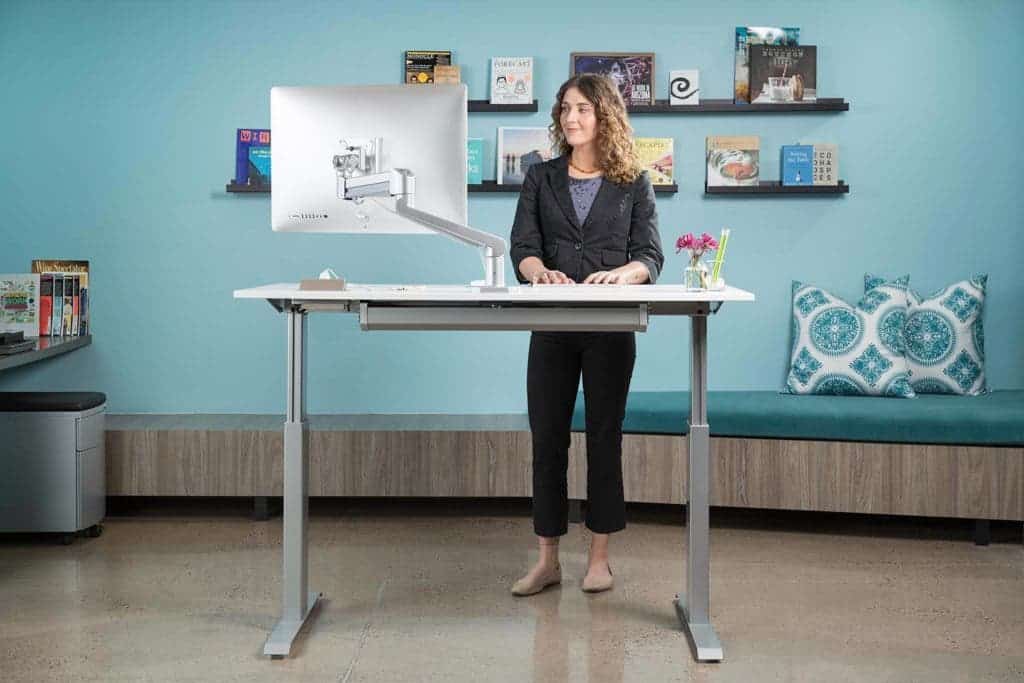
Sitting all day on your butt is bad for your health — really bad. People with sitting jobs have twice the rate of cardiovascular disease as people with standing jobs and, overall, sitting 6+ hours per day makes you up to 40% likelier to die within 15 years than someone who sits less than 3 hours — that’s even if you exercise. People have grown more aware of the fact that sitting hours and hours at a time isn’t good at all, which is why people have come up with all sorts of gimmicks, such as the now-famous standing desk.
People have been quick to jump on the standing-desk fad, relying on the intuition that if sitting is bad, then the opposite, which is standing, must be good. After all, you get rid of a problem, maybe you burn some calories, what’s not to like?
Not so fast, say scientists at Curtin University, Australia, who found that volunteers who worked on a computer at standings desks for more than two hours reported “discomfort,” “muscle fatigue,” and “lower limb swelling.” And the effects weren’t just physical. Participants reported that their reaction times and mental states “deteriorated”, which obvious consequences for workplace productivity.
“Prolonged standing should be undertaken with caution,” the authors conclude.
The study published in the journal Ergonomics does, however, have its limitations. For one, it included only 20 people, which can never produce very representative results. But despite the small sample size, the findings seem to support a growing body of evidence linking standings desks to health problems.
A 12-year study of more than 7,000 office workers found that those whose job required them to stand were nearly twice as likely to develop heart disease as opposed to those that sat more often. Yes, that’s exactly what happens to people who are very sedentary too, as outlined at the beginning of the article.
Although this type of research is still in its infancy, the findings thus far suggest that people need to strike a balance between standing and sitting. One 2015 study found that participants who walked for two minutes every hour had a 33% lower risk of premature death than their more sedentary counterparts.
So, today’s takeaway is that office workers should rely less on fancy and gimmicky furniture, and try regular walks and exercising instead.


